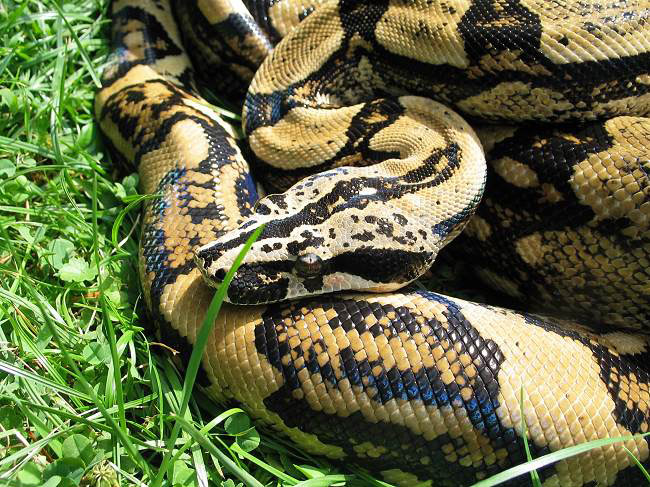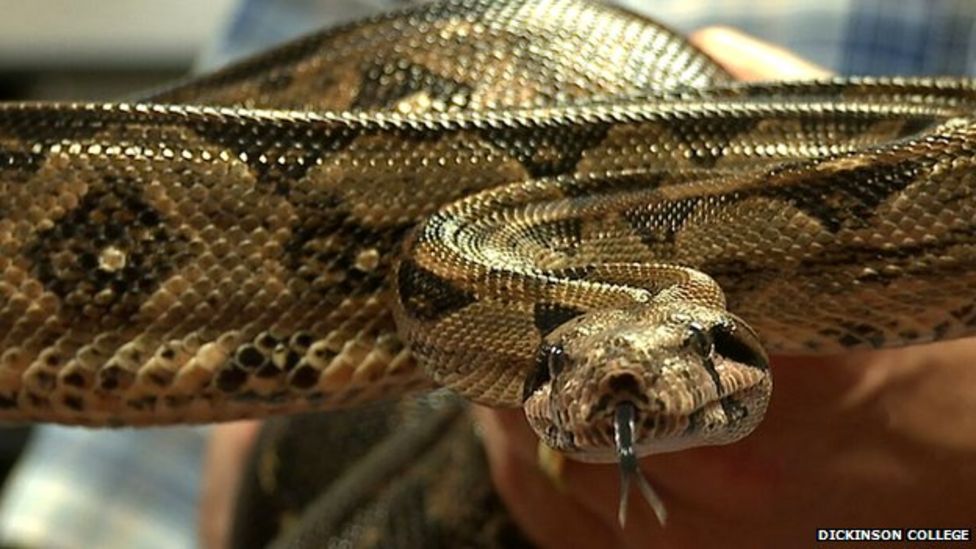
:max_bytes(150000):strip_icc()/boa-constrictor-501553860-7d2ff25326ec40e3825c3938e364a739.jpg)
Boa imperators strike when they perceive a threat. As semi-arboreal snakes, young Boa imperator may climb into trees and shrubs to forage however, they become mostly terrestrial as they become older and heavier. They are crepuscular, but they may bask during the day when night-time temperatures are too low. īoa imperator prefers to live in rainforests due to humidity, temperature, cover from potential predators and ample prey.īoa imperator generally live on their own, and do not interact with any other snakes unless they want to mate. The type locality given is "l'Amerique meridionale, principalement au Mexique" (Central America, principally Mexico). are classified as different "locales" of Boa imperator, but not as subspecies.īoa imperator can be found in some regions of Mexico, Central America and northwestern Colombia, as well as several islands along the coasts of these areas. The Pearl Islands off the Pacific Coast of Panama in the Gulf of PanamaĬertain Boa imperator populations such as the ones in the Cayos Cochinos (or the Hog Islands) off the northern coast of Honduras the Corn Islands off the eastern coast of Nicaragua the Tarahumara Mountains in Mexico Ecuador etc. The entire range except for the Pearl Islands Subspecies Scientific name Ĭentral American boa, northern boa or Colombian boa

imperator, has been separated as another species, Boa sigma. The boa population from the Pacific Coast of Mexico, previously considered a subspecies of B. imperator as a separate genetic lineage with 5-7% divergence from B. This has resulted in a non-scientific term - "red-tailed boa" - used to refer to both species (mostly in the pet trade).īoa imperator was formerly classified as a subspecies of Boa constrictor until DNA sequencing identified B. Both have very similar patterns, to include a reddening of the lighter colors towards a deeper or darker red on the tail. Identification īoa imperator is commonly confused with other Boa species, such as Boa constrictor. These populations represent the smallest members of the species.īoa imperator has 55–79 dorsal scales, 225–253 ventral scales, 47–69 subcaudal scales, 18–22 supralabial scales and 1–2 anal scales. Mainland specimens from Colombia can be among the larger boas, but this species also includes a number of island dwarf populations, such as those from various Caribbean islands. which typically have a compact saddle pattern on their backs that is often circular in shape. The color of the tail may vary from salmon-pink to orange.Īnother well-known population of Boa imperator is the population from Nicaragua. These are naturally hypomelanistic, which means that they have reduced melanin, thus they are more lightly colored, although they retain the distinctive darker tail that is characteristic of most members of this species. One population is found on the Cayos Cochinos (or the Hog Islands) off the northern coast of Honduras.

Notably, the species is one of only two in snakes to have a confirmed XY sex chromosome system. They are, however, usually just as colorful as their counterparts and, like the larger boas, can be bred into a variety of different colors, given the right conditions to breed. Īlthough Boa imperator exhibits almost identical patterns to Boa constrictor, this species often has a darker tail, usually dark brown or very dark red. Lifespan in the wild is around 20–30 years, but 40 can be exceeded in captivity.

They usually weigh around 6 kg (13 lb), although females are significantly larger than males. As one of the smaller Boa species, they average between 1.3 m (4.2 ft.) and 2.5 m (8.2 ft.) in length when fully grown, but have been known to reach 3.7 m (12 ft.). As a result, the appearance of this snake varies greatly depending on the specific locality. It is commonly called the Central American boa, northern boa, Colombian boa, common boa and common northern boa.ĭescription A specimen from the Cayos Cochinosīoa imperator is a wide-ranging species, living in both Central America and the northern parts of South America. Boa imperator is part of the family Boidae and is found in Mexico, Central America and South America west of the Andes Mountains (primarily in Colombia). isthmica Garman, 1884īoa imperator (or Boa constrictor imperator (in common usage)) is a large, heavy-bodied, nonvenomous species of snake in the genus Boa that is commonly kept in captivity.


 0 kommentar(er)
0 kommentar(er)
